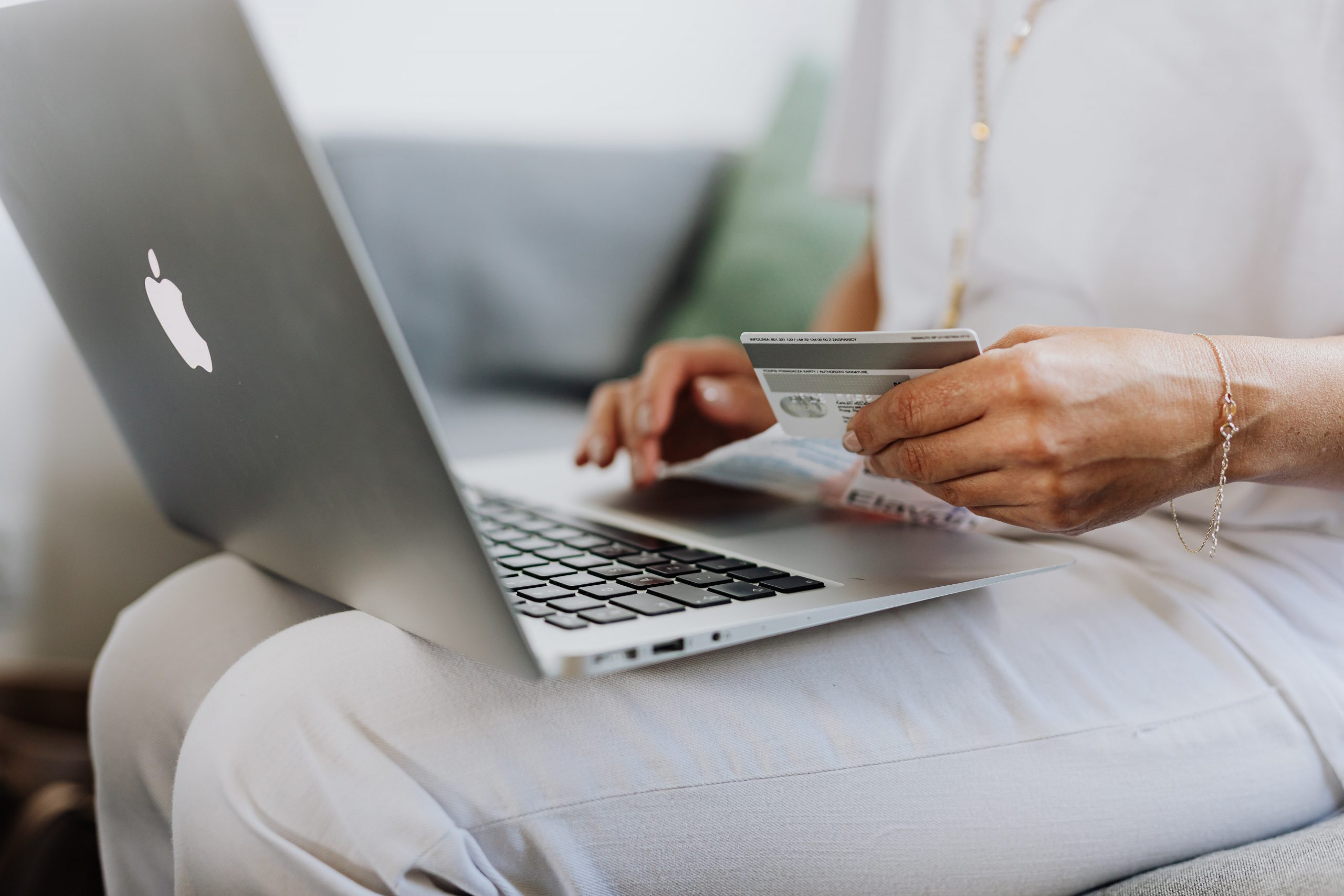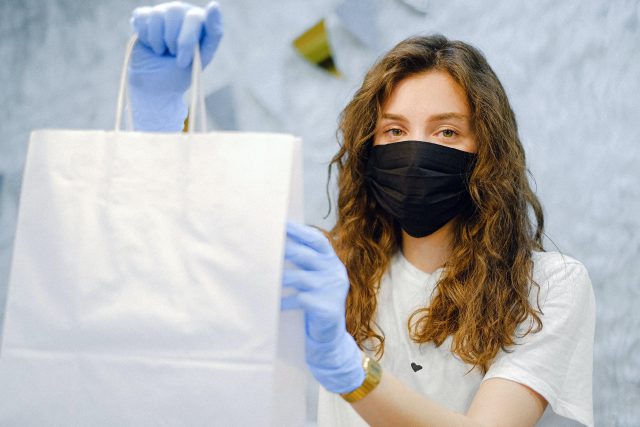The Victorian economy is showing signs of recovery as Victorians begin spending their lockdown savings.
In October, retail sales increased by 1.4 per cent from the previous month to $29.6 billion.
Over the past 12 months, sales have surged (+7.1pc), according to the Australian Bureau of Statistics. But this rise in sales is the result of lockdown easings across the state.
Figures show that Victorian retail sales increased by 5.1 per cent as lockdown ended – which is significantly higher than any other state.
In comparison, retail sales rose +0.7 per cent in New South Wales, +1 per cent in Western Australia and +0.6 per cent in South Australia.
Hayley Hughes, a fashion blogger from Melbourne, speaks of how she started shopping in preparation for lockdown restrictions to ease in min-October.
She explains that she had the ability to save a lot of money during lockdown due to her inability to go out and only needing to wear loungewear.
She celebrated Melbourne’s accomplishments by buying not only clothes and shoes, but a car.
Hughes explains that the most of her spending was done in early November when she was truly able to spend time with friends and family in bars, cafes and restaurants due to hospitality venues opening up in late October.
Since mid-October, Victorians were finally able to go retail shopping, dine in at restaurants and cafes as well as go to community events.
Restaurants, takeaway food, cafes, department stores, clothing, footwear and person accessories stores were the industries that saw the biggest increase.
On the other hand, household goods sale dropped by 1 per cent, including goods such as garden supplies, electronics and furniture that were popular during the lockdown.
Similarly, supermarket sales also dropped 0.7 per cent due to Victorians no longer feeling the need to “panic buy”.
During the first wave of restrictions in Victoria, retail was hit with a sales decrease of 17.7 per cent in April, which, according to the Australian Bureau of Statistics, is the worst drop recorded.
Yet, just one month later, retail hit their biggest sales increase ever, with a surge of 16.9 per cent.
Deloitte did a retail survey that found many retail business owners saw a “supercharged demand” during the quarantine.
Over 40 per cent of retail experts surveyed expect a 5 per cent increase in Christmas sales compared to last year.
Approximately 24 per cent of those retail experts expect it to increase by more than 5 per cent.
According to David White, the national leader of Deloitte’s retail group, the survey results demonstrated the uneven, chaotic year that Australia (and predominately Victoria) has experienced due to the pandemic.

The results reflect the impact that retail businesses have taken during and after significant lockdown and restrictions in Victoria.
He continues, explaining that while some markets have seen this significant increase in sales due to consumers buying more from home, there are other industries that are being significantly, and harshly, devastated by the border closures and the inability for consumers to travel to spend money.
These markets include the tourist industries, various services, apparel and catered food. These areas have borne the brunt of the lockdown throughout Victoria.
White asserts that there is not just one side to the quarantine; there are countless narratives surrounding COVID-19 and the pandemic’s impact on both citizens, but our markets.
Head of the Australian Retailers Association, Paul Zahra, emphasises that achieving “any level of retail growth in a pandemic is a truly remarkable result”.
He explains that the government stimulus packs have worked well for retail, allowing consumers to continue purchasing from the safety of their own homes.
However, he continues, stating that while this is extraordinary, it is important to acknowledge that there are significant pain and difficulties being felt by retailers that were negatively impacted by the restrictions and strict lockdown.

Despite this, its nice to see the easings have increased sales for retail in Victoria.



































